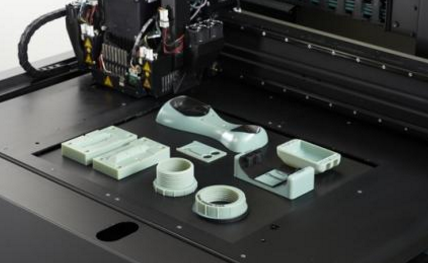CNC milling compare to 3D printing
The only real alternative to high-precision milling is prototyping, which uses form-
less raw material. 3D printing is a kind of prototyping.
3D printing processes can be used to produce high-precision, stable parts from
metals such as steel and titanium. However, machines for this kind of process are
priced in the five- to seven-figure bracket, limiting their usage to professional and
industrial users. Even having a small (several cubic inch) part made by a proto-
typing service can cost several hundred dollars.
For most hobbyists the alternative is Fused Deposit Modeling (FDM) 3D print-
ing using thermoplastic filaments. The filaments are melted and applied layer by
layer using a nozzle, forming a three-dimensional model as they cool. This method
enables the construction of complex but lightweight objects. Furthermore, the
dimensional tolerances of cooling thermoplastics are not terribly high, and you
have to allow for deviations of up to 1/10th of a millimeter.
If you need to make parts out of metal on a budget, the only alternative to
milling is using drills, saws, and files. Using these traditional tools, skilled hobby-
ists can produce workpieces with tolerances as precise as 1/100 mm.
